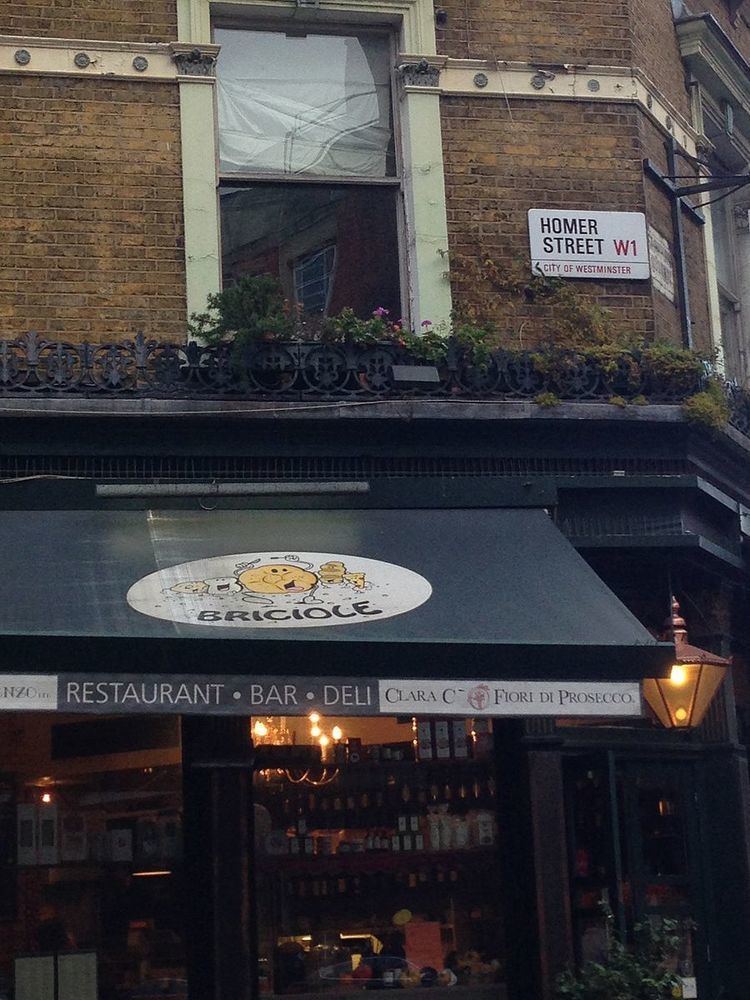Province British Columbia | ||
 | ||
Homer Street is a quiet one-way street in the Marylebone neighbourhood of the City of Westminster, London. It runs from Old Marylebone Road in the north to Crawford Street in the south. The street is part of the Bryanston and Dorset Square Ward of Westminster City Council. Its postcode is W1H.
Contents
- Map of Homer St Vancouver BC Canada
- Ian watt townhouse 937 homer street the pinnacle vancouver bc
- History
- Buildings
- Character
- References
Map of Homer St, Vancouver, BC, Canada
Ian watt townhouse 937 homer street the pinnacle vancouver bc
History
The street is one of those in the Portman Estate area with classical names, such as Cato Street, Homer Row, and Virgil Place. According to Gillian Bebbington, these names were inspired by Edward Homer who was a friend of John Simon Harcourt, owner of the land on which the streets were built.
Most of the street is within the City of Westminster's Portman Estate Conservation Area.
On Charles Booth’s 1898-99 poverty classification map of London, the street is shown in purple meaning ‘mixed, some comfortable others poor’. This is borne out by the late 19th century/early 20th century census returns which include houses of multiple occupation and residents living on ‘independent means' side-by-side in the same street. One of the town houses was even used as an orphanage by the Church Army.
Buildings
The terrace of Georgian houses on the east side of Homer Street dates from 1808.
Much of the street was demolished at the turn the 20th century to build the Edwardian mansion blocks Crawford Buildings and Cranfield Court.
Crawford Buildings, an attractive red brick mansion block nestled between Homer Street, Crawford Street and Homer Row, was home to poet and Nobel laureate T S Elliot.
Halfway along on the west side at number 8 is Octavia House, an unassuming modern building, which was completed as a retirement home for nurses in 1975. The building stands on the site of Freshwater Place, managed nearly a century earlier by the great social reformer Octavia Hill. Freshwater Place had been acquired for Hill by leading Victorian art critic John Ruskin.
Westminster Council describes numbers 6 and 7, 20, 33-37, and Crawford Buildings (nos. 21-67) as Unlisted Buildings of Merit.
Character
In its early days, Homer Street had shops and businesses on the ground floor of many buildings. Whilst some shop fronts have since disappeared, two of Marylebone’s old pub buildings remain. The Olive Branch at the corner with Crawford Street is now Italian restaurant Bricioli, and halfway down the street, The Beehive is currently being renovated. The Olive Branch's 1988 reincarnation as The Quintin Hogg earned a wry put-down from Alan Coren in The Times Diary: 'Where will it end? Are we soon to have The Dog and Tebbit, or The Two Jolly Kinnocks?' Typically for the urban village it’s part of, Homer Street is home to long-term residents and young professionals alike.
